To ensure your pet remains comfortable and safe throughout the year, especially during cold weather, it is vital to invest in a well-insulated heated dog house. High R-value materials like styrofoam or polyurethane foam should be used for optimal heat retention while maintaining a balance with adequate ventilation to prevent condensation and mold. Strategic placement of the dog house, such as a spot that captures sunlight and offers shelter from extreme weather, is essential. Additionally, installing a heating system powered by electricity or propane can help maintain a consistent temperature. Regular maintenance checks are necessary to ensure the integrity of the insulation and heating system, and cleaning both the insulation and the dog house will keep it functioning at its best. Understanding local climate conditions and adapting your heated dog house accordingly will provide your pet with a comfortable and cozy environment year-round. Remember to use high R-value materials for insulation and consider safety precautions when installing heating elements.
When winter’s chill sets in, ensuring your canine companion remains warm and cozy is paramount. This article delves into the intricacies of insulating heated dog houses to harness retained heat effectively. We explore the science behind thermal retention, the importance of selecting appropriate materials for insulation, and tailoring designs to suit various dog breeds and climates. From the necessity of strategic ventilation to the best practices for installing heat sources, this guide offers comprehensive insights. Additionally, we provide DIY tips for enhancing your dog’s house with better insulation, select the optimal location and orientation, and maintain the integrity of the insulation over time. A well-insulated heated dog house is not just a refuge; it’s a commitment to your pet’s comfort and health.
Understanding Thermal Retention: The Science Behind Heated Dog Houses

When designing a heated dog house, it’s crucial to grasp the principles of thermal retention, which are at the heart of maintaining a comfortable environment for your canine companion. Thermal retention refers to the materials and construction methods used that allow a space to hold onto heat effectively. This concept is not only about trapping existing warmth but also about efficiently utilizing the dog house’s surroundings to augment the internal temperature, particularly in colder climates.
The effectiveness of a heated dog house in retaining heat is largely dependent on its insulation properties. Insulation materials such as high-density polyurethane foam or polystyrene are often used for their superior R-values, which measure thermal resistance. A well-insulated dog house will have an outer shell composed of these materials to prevent heat loss through conduction. Additionally, the design may incorporate reflective materials to minimize radiant heat transfer and ventilation strategies to manage humidity and condensation without letting out the trapped warmth. The strategic placement of the heated element within the structure is also key; it should be positioned in a way that maximizes its effect on the air immediately surrounding the dog, ensuring consistent and comfortable temperatures throughout the colder months. Understanding these elements and how they work together is essential for anyone looking to provide a safe and cozy retreat for their dog.
The Importance of Proper Insulation in Canine Comfort
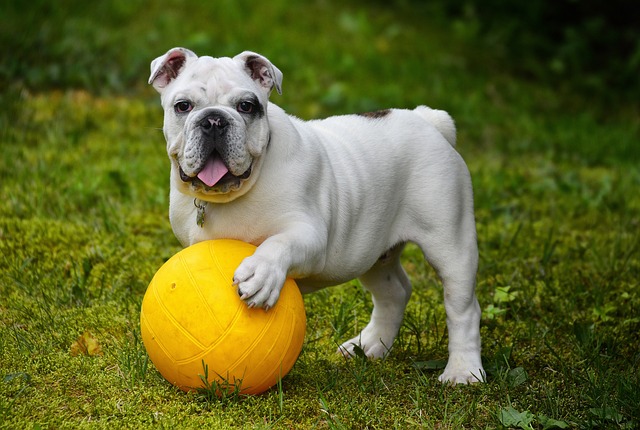
When temperatures dip below freezing, ensuring that our canine companions are comfortable and warm is paramount. This is where the importance of proper insulation in a dog’s shelter, such as a heated dog house, becomes critical. High-quality insulation not only retains warmth but also protects dogs from the cold by minimizing heat loss. The effectiveness of a heated dog house can be significantly enhanced with adequate insulation, which acts as a barrier against the harsh elements. Materials like foam, straw bales, or high-density fiberglass are ideal for maintaining an environment where a dog can sleep without feeling the chill of the night air. Furthermore, strategic placement of the dog house in a sheltered area that receives sunlight during the day can complement the insulation by naturally heating the space, aiding in temperature regulation throughout the day and night.
The design of a heated dog house should also consider the dog’s size, fur thickness, and breed-specific cold tolerance. For instance, small dogs with short coats require more protection than larger, more heavily furred breeds. Insulation plays a key role in moderating the internal temperature of the dog house to suit the dog’s individual needs. Additionally, ventilation should be carefully balanced within the insulated structure to prevent condensation and maintain a healthy environment for your pet. By investing in a well-insulated heated dog house tailored to your dog’s specific requirements, you provide them with a sanctuary that offers comfort, safety, and protection from the elements all year round.
Material Matters: Choosing the Right Insulation for Your Dog's House
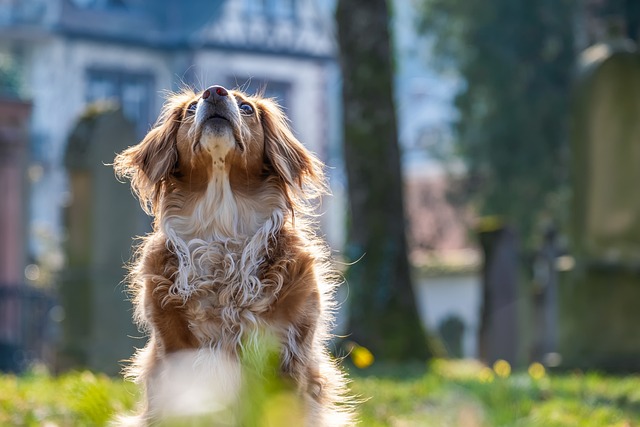
When constructing or selecting a heated dog house, the choice of insulation is paramount to ensure your canine companion remains comfortable and warm during cold weather conditions. Effective insulation not only retains heat but also protects against drafts and moisture that could lead to discomfort or illness in dogs. Material matters significantly in this context; materials like polyurethane foam, polystyrene beads, or fiberglass are commonly used for their high R-values, which measure thermal resistance. These materials can provide a continuous layer of insulation that is crucial for maintaining the interior temperature of the dog house. Additionally, consider materials that offer an additional vapor barrier to prevent condensation, which can occur when warm air meets cold surfaces, potentially leading to wet and cold conditions inside the kennel.
For those seeking a sustainable and environmentally friendly option, natural insulators such as denim or hemp can be used. These materials have lower R-values compared to synthetic alternatives but are renewable and biodegradable. When integrating a heating system within the dog house, it’s important to complement it with proper insulation to maximize efficiency and effectiveness. The right combination of insulation and heating will ensure that your dog’s living space is a comfortable haven against the elements. Always consider the specific needs of your dog breed, size, and individual preferences when selecting materials for your heated dog house, as these factors will influence the best type of insulation to use.
Designing for Dog Breed and Climate: A Tailored Approach to Insulation
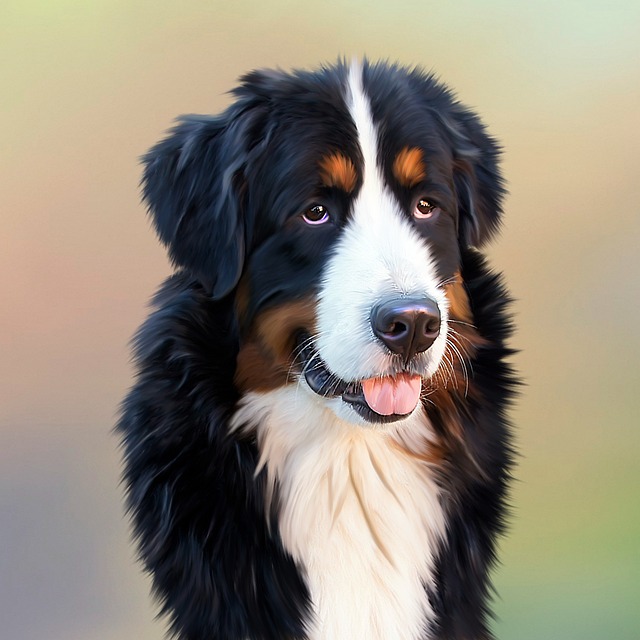
When designing a canine dwelling, such as a heated dog house, it’s crucial to consider the unique needs of different dog breeds and the specific climates they inhabit. Small dogs with short coats, for instance, are particularly susceptible to cold and may require more insulation than larger breeds with thicker fur. Conversely, large breeds with dense undercoats may retain enough body heat in milder climates, necessitating less insulation. The key is to tailor the insulation levels based on the dog’s breed characteristics and the prevailing climate conditions.
Material selection plays a pivotal role in achieving an optimal temperature within the heated dog house. Insulative materials like foam or polystyrene can be used for walls, while a well-fitting door with weather stripping helps to maintain warmth during cold spells. Additionally, the roof should have adequate insulation to prevent heat loss. Ventilation is equally important; it allows excess heat to dissipate on warmer days, preventing overheating. The design should also account for the dog’s behavior and preferences, ensuring that the heated dog house provides a comfortable retreat throughout the year, regardless of the weather outside.
The Role of Ventilation in an Insulated Heated Dog House
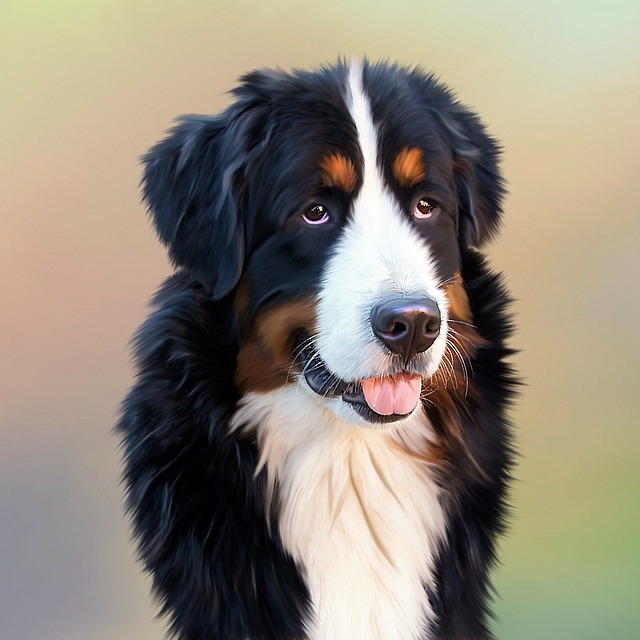
When designing a heated dog house, ensuring that it is well-insulated is crucial for maintaining the warmth necessary to keep a pet comfortable during cold weather conditions. A properly insulated heated dog house traps the warm air generated by the heating system, providing a cozy environment for the dog. However, effective insulation must be complemented by proper ventilation to prevent condensation and the accumulation of stale or toxic gases that can result from incomplete combustion if a heat source is used. Adequate ventilation allows for the circulation of fresh air while removing moisture and potential contaminants, which is essential for the dog’s health and comfort. This balance between insulation and ventilation is key to creating an optimal microclimate within the dog house.
Ventilation in a heated dog house can be achieved through various methods, such as strategically placed vents or an automatic air exchange system that opens and closes based on temperature and humidity levels. The vents should be positioned to prevent cold drafts from entering but allow for the escape of warm, moist air. This careful design ensures that the heat source can operate efficiently without causing discomfort to the dog due to extreme temperatures or exposing them to harmful elements. Additionally, proper insulation and ventilation work in tandem to extend the operational life of the heating system by preventing overwork from compensating for poor design choices. Thus, a well-designed heated dog house with balanced insulation and ventilation provides a safe, warm, and comfortable environment for dogs during the colder months.
Best Practices for Installing Heat Sources in Insulated Dog Houses
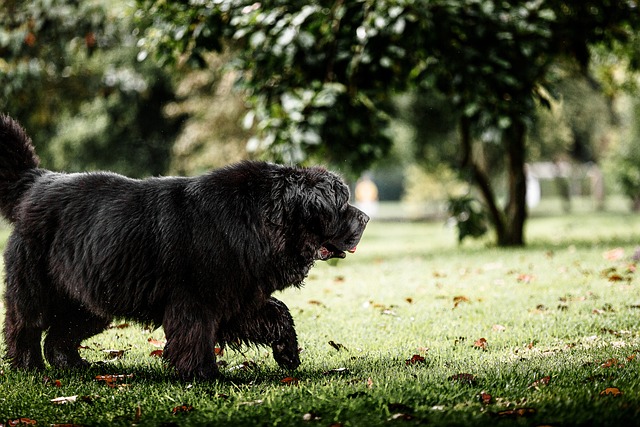
When outfitting an insulated dog house with a heated dog house system, it’s crucial to prioritize your canine companion’s comfort and safety. The design and placement of the heat source are key factors in ensuring even distribution of warmth throughout the shelter. Opt for a heated dog house that comes with an automatic thermostat-controlled heating pad or ceramic heater designed specifically for use in pet habitats. These devices can maintain a consistent temperature without overheating, reducing the risk of burns or discomfort for your pet. When installing the heat source, place it on one end of the house with the thermostat located at the opposite end to prevent the heat from being too intense directly above where your dog will rest. This setup allows for a gradual and comfortable warmth that follows natural body heat patterns.
Additionally, the insulation should be of high quality and appropriately thick to maintain the heat within the structure. Use materials that provide both thermal resistance and durability, such as expanded polystyrene (EPS) or polyurethane foam. Ensure that there are no gaps or openings where cold air could infiltrate. The entry and exit points should be well-sealed with weather stripping to prevent drafts. Regularly inspect the heated dog house for any signs of wear or damage to the insulation or heat source, making repairs as needed. By following these best practices, you can provide your dog with a cozy retreat that offers protection from the elements and a warm, inviting space during cold weather conditions.
DIY Insulation Tips for Upgrading Your Dog's House
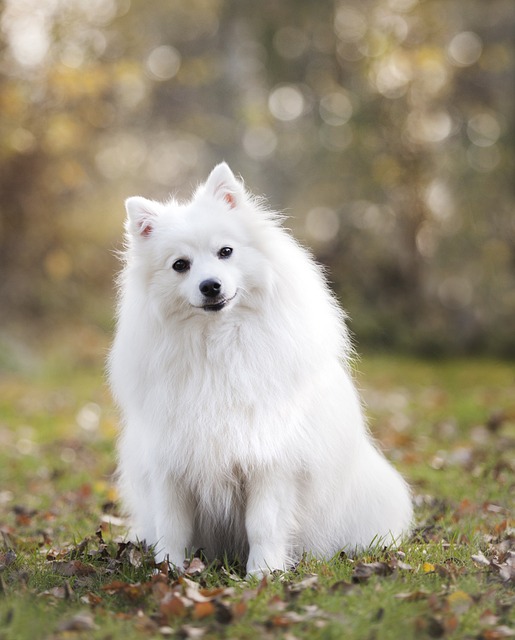
Considering the chilly nights and sweltering days, ensuring your canine companion’s living quarters are well-insulated is paramount for their comfort and health. To enhance the thermal performance of your dog’s house, consider incorporating DIY insulation strategies that cater to both retained heat in winter and coolness during summer. One effective approach is to line the interior walls with reflective insulation panels; these panels not only provide a radiant barrier to regulate temperature but also are easy to install and can be sourced from most hardware stores. Additionally, filling any gaps or cracks around the door and entry points with spray foam sealant can significantly reduce heat loss and prevent drafts. For an extra layer of protection, add a well-fitted door that seals tightly when closed.
When insulating your dog’s house for retained heat, particularly in the colder months, consider using materials like styrofoam or polyurethane foam for the walls and floor. These materials have high R-values, indicating their effectiveness in resisting heat flow. After upgrading the insulation, ensure proper ventilation to prevent moisture buildup, which can lead to mold growth and compromise the comfort of your pet. To keep the interior cozy during colder times, you might also want to consider a heated dog house option. These can be powered by electricity or propane and are designed to provide a consistent temperature for your dog’s well-being. Always follow safety guidelines when setting up such heating systems to avoid any accidents or discomfort for your pet.
Selecting the Ideal Location and Orientation for Your Insulated Dog House

When incorporating a heated dog house into your pet’s living space, selecting the ideal location and orientation on your property is paramount for optimizing its thermal efficiency. The best position should offer protection from the harshest weather elements while still allowing for natural sunlight during colder months. A south-facing orientation in the Northern Hemisphere or a similar direction in other regions can maximize solar heat gains, significantly improving the comfort of your dog during chilly days and nights. Ensure the dog house is positioned at least a few feet away from windbreaks like trees or fences to prevent cold winds from penetrating the structure while still providing shelter against direct storms or high temperatures. Additionally, situate the dog house in a location that offers shade in the summer to reduce overheating. The strategic placement of your heated dog house, combined with appropriate insulation and ventilation, will provide a warm retreat for your canine companion throughout the year.
Furthermore, consider the surrounding landscape when setting up the dog house. A location with minimal obstructions around it can facilitate the circulation of warm air and prevent cold air from settling inside during colder periods. The dog house should also be easily accessible for you to attend to your pet’s needs without causing disturbance or exposure to extreme weather conditions. By carefully selecting both the location and orientation, you can ensure that your heated dog house remains a cozy haven for your furry friend, regardless of the season.
Maintaining and Upkeeping Insulation to Ensure Long-Term Retained Heat Efficiency

When investing in insulation for a heated dog house, the commitment extends beyond the initial installation to maintaining and upkeeping the insulation for optimal long-term performance. Regular checks and maintenance are crucial to ensure that the insulation materials remain intact and effective at retaining heat. This involves inspecting for any signs of wear, damage, or compromised integrity that could lead to heat loss. A key aspect of this maintenance is cleaning the insulation and the dog house itself regularly to prevent the accumulation of dust, debris, or moisture, which can degrade the material’s thermal properties over time.
Moreover, it’s important to replace any damaged or worn-out insulation promptly to avoid heat loss. This proactive approach not only protects your pet from extreme temperatures but also extends the lifespan of the insulation and the dog house. Additionally, considering the climate and local weather patterns can inform decisions on when to add extra layers of insulation or make adjustments to the existing setup to maintain its efficiency. By consistently monitoring and updating the insulation in a heated dog house, pet owners can ensure that their furry friends stay warm and comfortable throughout the year.
